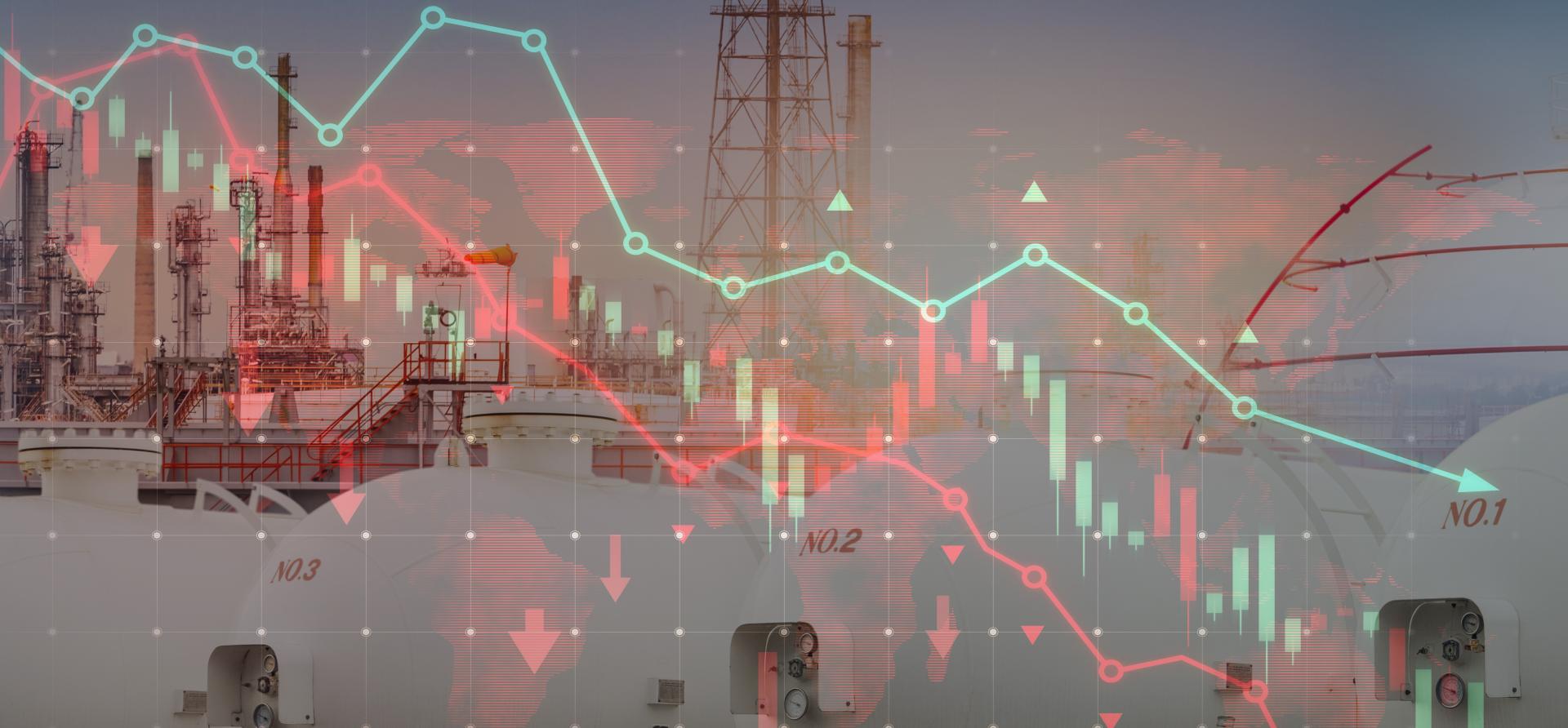
Key Findings
The sensitivity of liquefied natural gas (LNG) prices to geopolitical crises casts doubt on its suitability as a bridge fuel for countries increasingly dependent on imported LNG.
LNG prices have fluctuated widely in months of relative stability for other commodities, such as oil and gold, highlighting the inherently volatile nature of gas markets.
India needs to diversify its fuel sources and increase the share of renewable energy in the energy mix to insulate the economy from LNG price volatility.
Introduction
Commodity price fluctuations have again highlighted the global market’s susceptibility to conflict and crisis. Various factors govern commodity prices, but geopolitics has been the dominant driver of volatility in recent years. After the commodities market crashed during the COVID-19 pandemic in 2020, prices started to stabilise as the global economy recovered. In 2022, commodity prices spiked sharply due to the energy crisis sparked by Russia’s invasion of Ukraine. After another period of stability, the escalating Middle East conflict is again inflating prices amid fears of looming economic instability. At the beginning of October 2024, oil prices increased by 5% amid escalating tensions, while gold prices are expected to reach an all-time high.
Of all commodities, liquefied natural gas (LNG) is most sensitive to geopolitical disturbances, with conflict magnifying the market’s inherent volatility. This raises concerns about natural gas’s suitability as a bridge fuel and undermines its long-held status as a low-cost alternative. Global disturbances have created demand-supply imbalances, and the emergence of new trade flows is causing structural shifts in LNG markets. Price volatility is likely to be the new normal. Extreme weather conditions, such as heat, rains and milder-than-expected winters worldwide, further entrench this volatility.
















